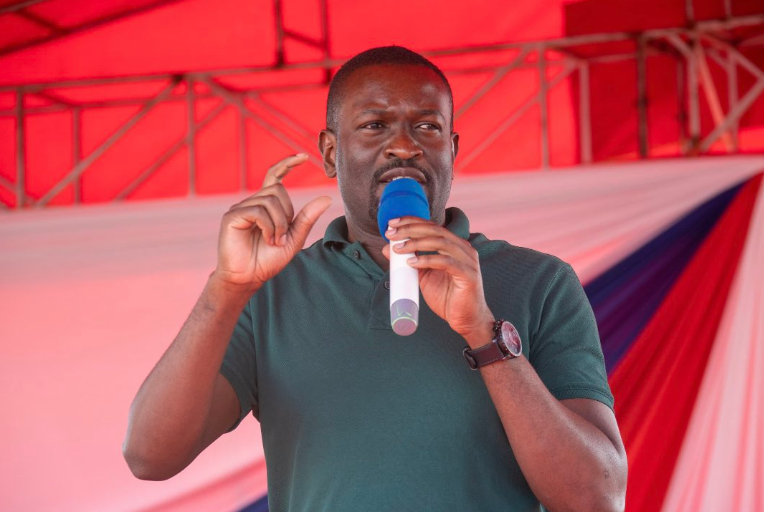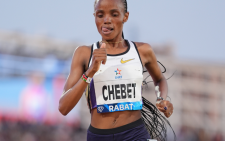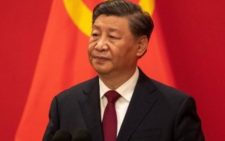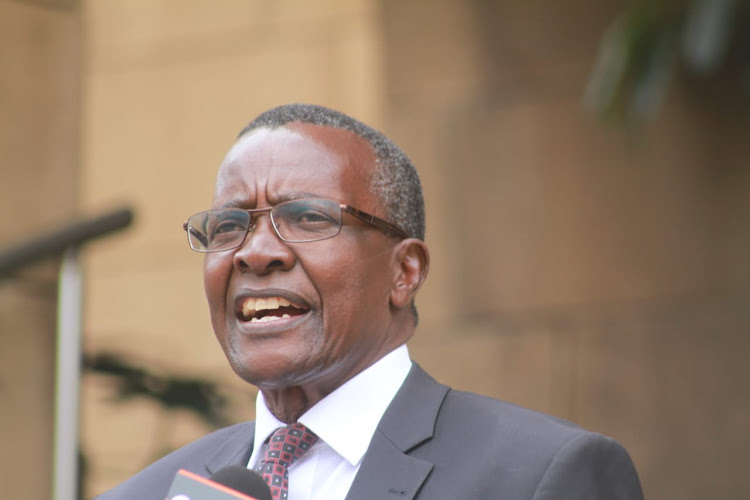A crooked-mirror view of the future of journalism
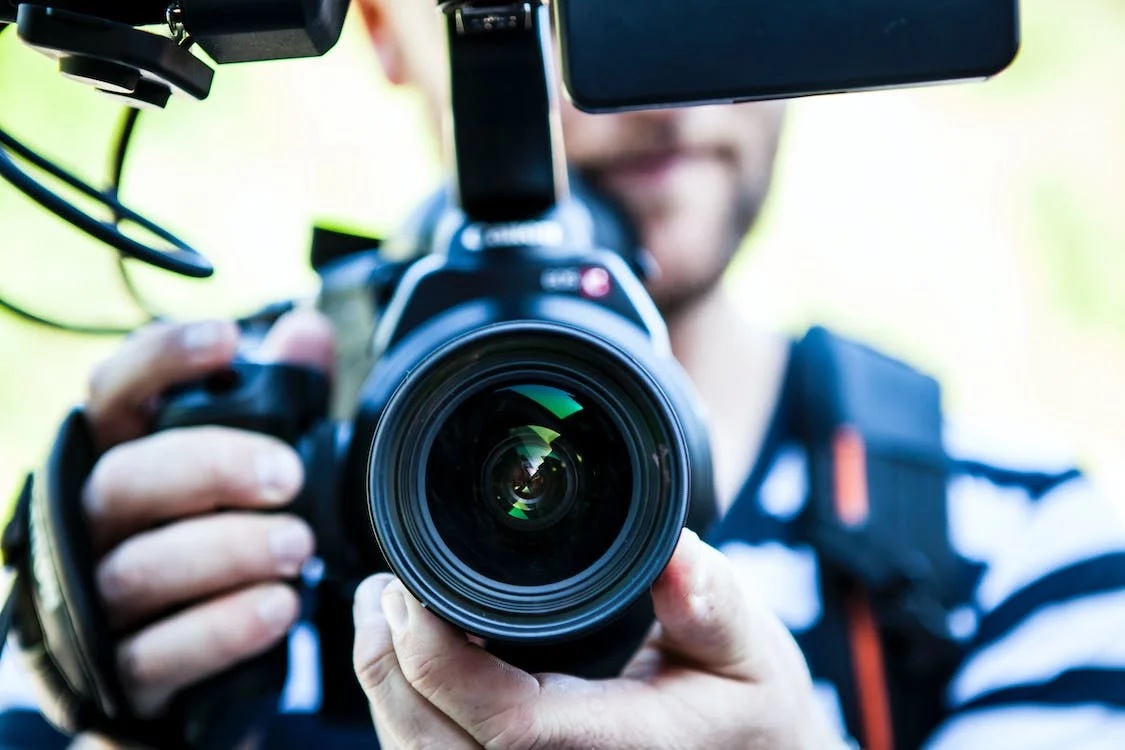
Could Kenya’s journalism be stuck in the past? Our focus is still on regulating media based on past experience, fighting for the welfare of journalists, decrying training of journalists, and the sector itself offering its version of training, focusing on bolts and nuts.
But globally, the battle is shifting to the role AI is playing and will continue to play in the evolving media space. The emergence of ChatGPT is revolutionising media owners’ orientation towards content generation.
ChatGPT, the invention that generates essays through content aggregation, only needs to be prompted. It then searches through thousands of databases to create content.
Though not yet perfect, the first shots have been fired, and once the horse bolts, it never gets back to the stable.
The onslaught of technology on the media has been massive. Scholars have been scouring data to assess the damage done to the media and by whom. The culprits have been many, ranging from social media platforms that operate as news spaces to pirating of traditional media’s work to reach their audience.
The bone of contention has not been that the public has been reached, but rather, who has taken the pie out of this labour. While traditional media has been gathering and processing the content, these social media platforms simply relayed it but attracted commercials for that mere function.
Other sources of competition have been non-traditional forms of reaching the public that now have become spaces for placing commercials. The twin onslaught has had the net effect of reducing circulation figures and the overall revenue from commercials.
This has been an attack on media houses, and, if we could split hairs, we could say that journalism — the art of storytelling — has remained intact. But the new technology aims to attack and directly compete with journalists by getting into content creation space.
Before even the advent of the latest invention, media houses and technophiles have been experimenting with AI to present news, write editorials, edit copy and generally see how human involvement can be reduced.
But what is the concern of journalists in our environment? From training to practice, they remain the same. We focus on the welfare of journalists, from pay to security, to health coverage, among others. These are important concerns, but technology is muting them.
Human involvement in news processing may not be eliminated, but it will be massively reduced. In the Kenyan context, the battle is still so devolved that each group of journalists is fighting in their corner: correspondents, political reporters, sports journalists, women, and so on. But salvation, in the long term, does not lie in these corners.
From training to practice and in between, journalists must debate how to integrate these technologies into their field and how to reinvent themselves. This ought to be the new direction conversations for journalists.
Most media conferences and meetings in Kenya tend to have a rear-mirror focus. They are parleys to reminisce over how good the past was, to sing praises for heroes of days gone by. There is nothing wrong with that, but it hardly helps provide a bridge to the future.
The interventions invading the media space are spearheaded by creatives who do not have journalism in mind. It is time the activities by journalists, the training and conferences organised, rope in these creatives to help those in the media understand how their innovations impact the profession.
This should help orient how journalists organise themselves. Yes, there is still a need to fight for the welfare of journalists, to fight for the freedom of the press, and to explore how media can reinvent itself in this new world. Such thinking ought to cut across the full range of the media space, from training to practice and in between.
— The writer is the Dean, School of Communication, Daystar University


